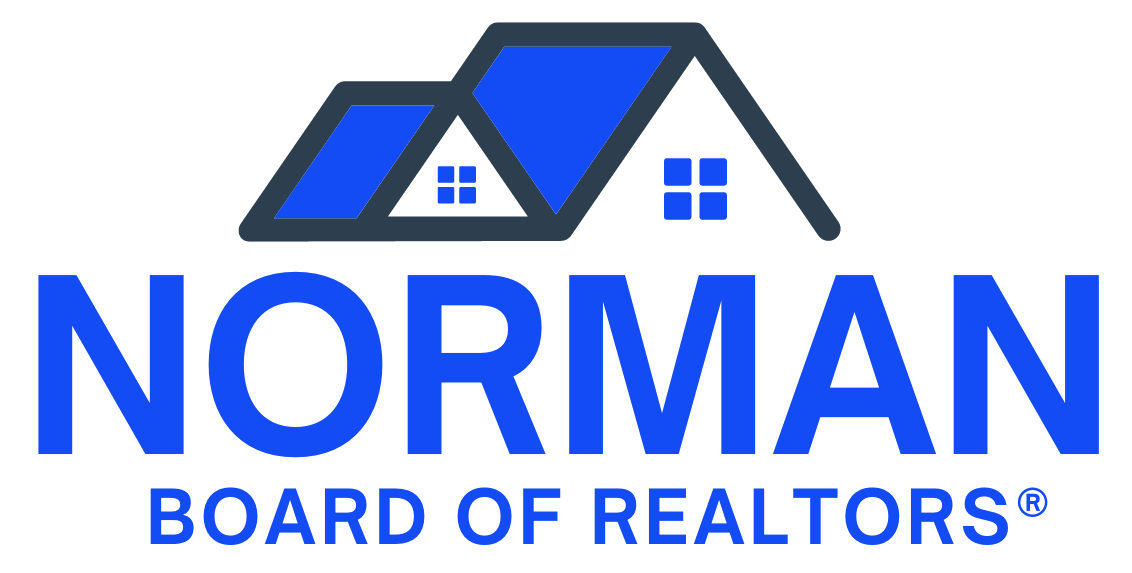The expansion of data sources is definitely resulting in a massive amount of information, but it’s also creating multiple options for holding and handling that facts. Info and stats leaders can use a data pond, data hub or a mixture of both to meet their business’s needs.
The most frequent way to store and take care of massive levels of raw info is a data lake. An information lake is a repository for all those types of information, whether is data via an operational application, a business intelligence tool or perhaps machine learning training system. The data is usually stored in a multimodel database (such as MarkLogic), which helps all major data formats and may handle huge volumes of data.
To access the info from a data lake, stakeholders—such as business users or perhaps data scientists—use a variety of tools to acquire, transform and cargo it into a different program. This https://dataroombiz.org/firmex-vdr-api-available-connections/ process is usually called ETL or ELT. Having this data in a single place makes it easier to who is being able to access the data and for what goal, which helps businesses to comply with governing regulations and policies.
When a data pond is ideal for storing unstructured data, it can also be difficult to examine and gain valuable insights. A data centre can provide even more structure to this data and improve convenience by hooking up the source while using the destination in real-time. This is a good approach to businesses planning to reduce silos and make a more centralized system of governance.
